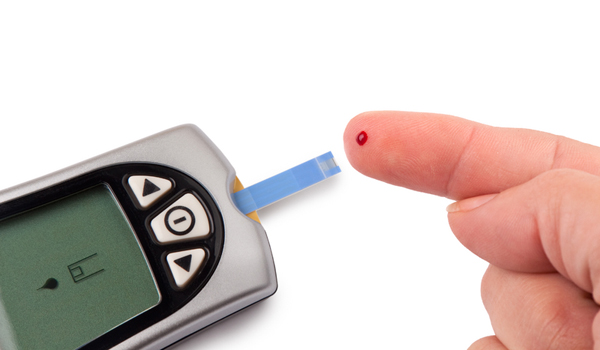Cholesterol-Lowering Statins May Increase Diabetes Risk in Older Women

The cholesterol-lowering drugs known as statins may increase the risk of diabetes in postmenopausal women, a new study says.
Postmenopausal women in the study who took statins were 1.5 times more likely to develop diabetes over a seven to 12 year period compared to women who did not take statins.
The findings add to a growing body of research suggesting that, in some cases, diabetes may be a side effect of statin use. The current study found the particular medication did not seem to make a difference in terms of the women's risk.
However, statins do have heart benefits, and even address the cardiovascular consequences of diabetes, the researchers said. In fact, the results of a recent study suggest that, for those who need the drugs, the benefits of taking them appear to outweigh the risks.
Until more is known, guidelines regarding use of statins in diabetic and nondiabetic people should not change, the researchers said. Experts said it may be necessary for women on statins to be monitored for the development of diabetes.
Statins and diabetes
The study involved153,840 women between the ages of 50 and 79 who did not have diabetes at the study start. Participants signed up for the study between 1993 and 1998, and were followed until 2005.
Sign up for the Live Science daily newsletter now
Get the world’s most fascinating discoveries delivered straight to your inbox.
The subjects were asked about their use of statins when they enrolled and again after three years. About 7 percent of women said they were taking statins when they began the study.
During the study, 10,242 new cases of diabetes developed, and risk of diabetes was associated with statin use.
The results held even after the researchers took into account factors that could increase the risk for diabetes, such as age, ethnicity, cigarette smoking and physical activity.
The association was seen for all types of statins, although the researchers note they can't say for sure whether women switched statin medications or stopped using them over the course of the study.
Interestingly, women with a body mass index (BMI) less than 25 were at greater risk for developing diabetes while on statins compared with women with a BMI of 30 or more. (BMI is a ratio of weight and height and is considered an indicator of body fatness. A BMI between 18.5 and 25 is considered normal and a BMI of 30 or more is considered obese.)
The reason for the higher risk among individuals with a lower BMI is unclear, but it could be related to body fat distribution. Fat carried around the belly (so-called visceral fat) is thought to be worse for health than fat found under the skin, and women with high amounts of visceral fat may be at a higher risk of diabetes, regardless of their body mass index.
Monitor diet
Researchers still don't know the consequences of developing diabetes while on statins, said Dr. Suzanne Steinbaum, director of women and heart disease at Lenox Hill Hospital in New York who was not involved in the study. For instance, does the health of patients stay stable, or "do patients get sicker?" Steinbaum asked.
Until more is known, women who are taking statins may need to monitor their diet and blood glucose levels, Steinbaum said.
A woman should be put on statins only if she absolutely needs the medication, and this should be evaluated on an individual basis, Steinbaum said.
The new study is published today (Jan. 9) in theArchives of Internal Medicine.
Pass it on: Women taking statins may need to keep an eye on their diet and blood glucose levels.
Follow MyHealthNewsDaily staff writer Rachael Rettner on Twitter @RachaelRettner. Find us on Facebook.

Rachael is a Live Science contributor, and was a former channel editor and senior writer for Live Science between 2010 and 2022. She has a master's degree in journalism from New York University's Science, Health and Environmental Reporting Program. She also holds a B.S. in molecular biology and an M.S. in biology from the University of California, San Diego. Her work has appeared in Scienceline, The Washington Post and Scientific American.









